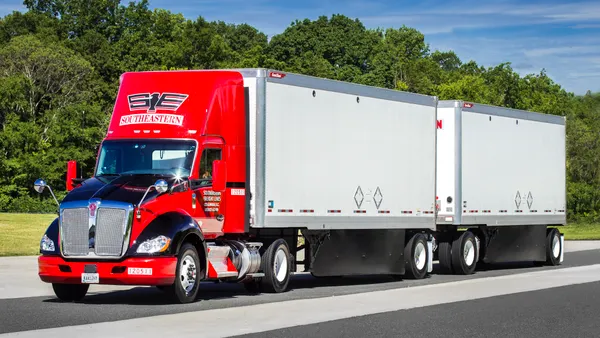Economic forces, consumer demand, seasonality, natural disasters and myriad other factors contribute to the trucking industry’s cyclical market.
The charts below provide a dashboard of select data on spot rates, load-to-truck ratios, monthly tonnage and equipment orders. We'll update this page frequently as new data is released.
For more detailed analysis, check out our independent trackers for each metric:
- How truck spot rates are shifting
- What’s the latest load-to-truck ratio?
- Tracking the truck tonnage index
- Class 8 truck, trailer orders by month
Want to be alerted when the dashboards are updated? Subscribe to our Daily Dive, our free, daily newsletter on the latest news and trends in the trucking industry where we include updates to our trackers.
For comments, questions or feedback, email [email protected].











